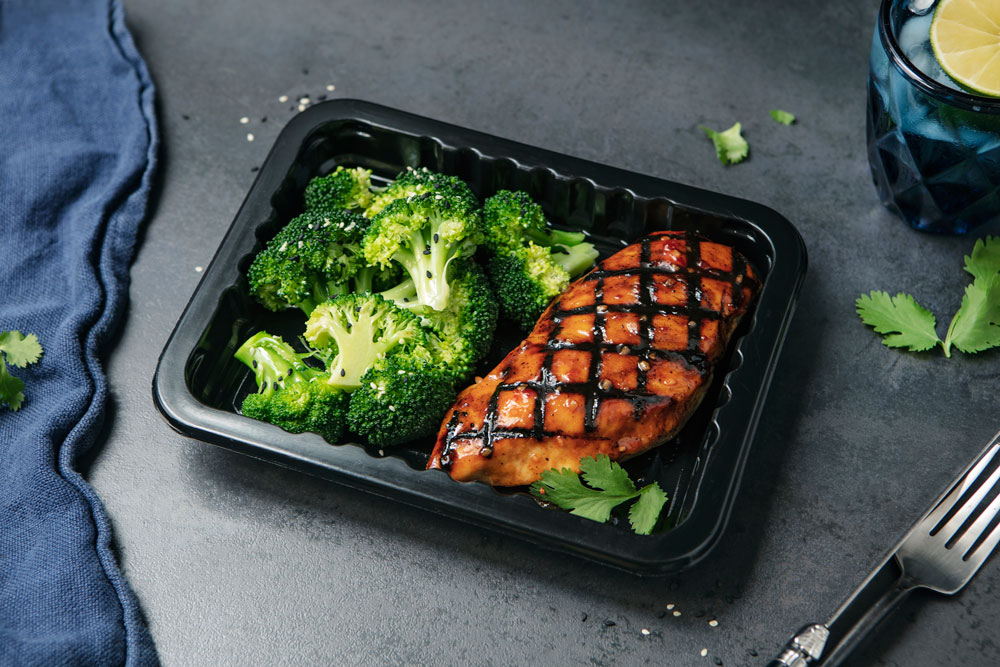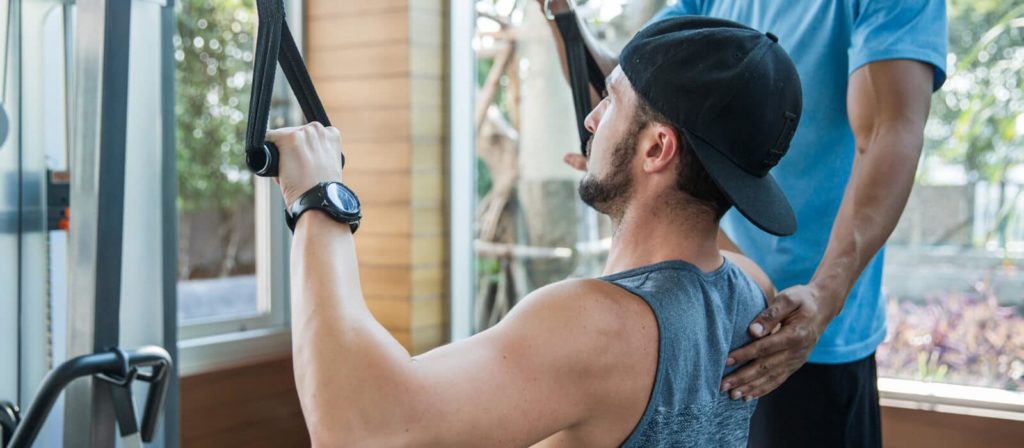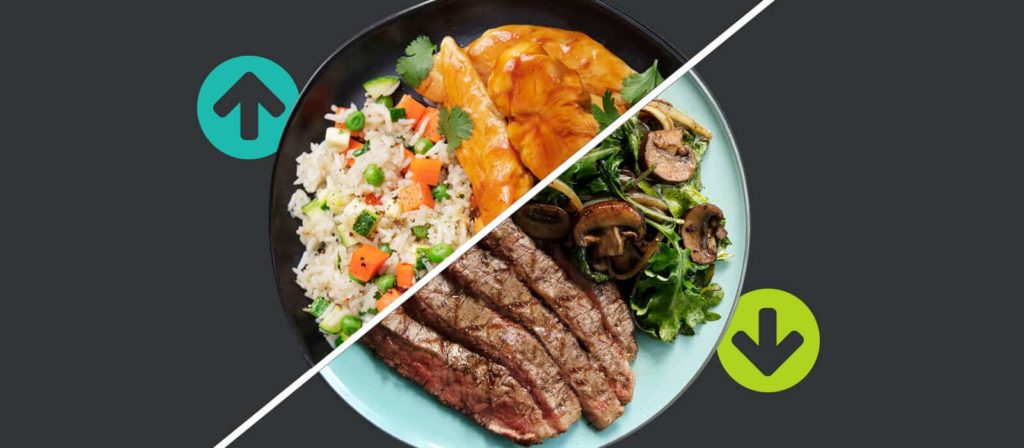ARTICLE AT A GLANCE
Unfortunately, vitamin D deficiencies are incredibly common. If you aren’t getting enough of this necessary nutrient, you’re at risk of developing serious health problems. While diet changes and supplements can help, regular sweat sessions outdoors are a great way to boost your vitamin D levels and decrease your risk of disease. This article explores:
Vitamin D is essential to a wide range of functions within our bodies. The primary way we get vitamin D is not through diet – it’s through sun exposure, and many people simply aren’t getting enough. A deficiency of this vital nutrient is dangerous to your health, potentially playing a role in the development of cancer, diabetes, rheumatoid arthritis, and multiple sclerosis.
While diet changes and supplements can help, regular sweat sessions outdoors are a great way to boost your vitamin D levels and decrease your risk of disease. You’ll also build muscle strength, have more energy, lower stress, and sleep better.
Are you getting enough of the sunshine vitamin? Here’s how you can tell and what you can do to raise your vitamin D levels.
What is Vitamin D?

Despite its name, vitamin D is technically a hormone. It’s produced by our kidneys and helps regulate 291 different genes. These genes control over 80 metabolic processes, from supporting your immune system to improving DNA repair. It’s responsible for increasing absorption of minerals like calcium and magnesium phosphate, leading to better bone health, improved muscle strength, and the maintenance of lean body mass. Vitamin D also helps fight infections – including colds and the flu – by regulating the genes that tell your immune system to attack bacteria and viruses.
What Are the Signs of Vitamin D Deficiency?
Studies show that nearly 1 billion people around the globe are deficient in vitamin D. If you’re not getting enough, you can experience symptoms like fatigue, depression, excessive head sweats, poor cognitive function, and frequent illnesses and infections. Left unchecked, a deficiency could lead to more serious problems like osteoporosis, cancer, and chronic autoimmune diseases.
People with the greatest risk of developing a vitamin D deficiency tend to have darker skin tones, spend a lot of time indoors, are overweight, or have a gastrointestinal condition that impedes fat absorption, such as a sensitivity to gluten.
A blood test is the only definitive way to screen for a deficiency. If you think you’re at risk, you can have your vitamin D levels tested by a physician or through GrassrootsHealth’s D*Action Project.
How Can You Boost Your Levels of Vitamin D?
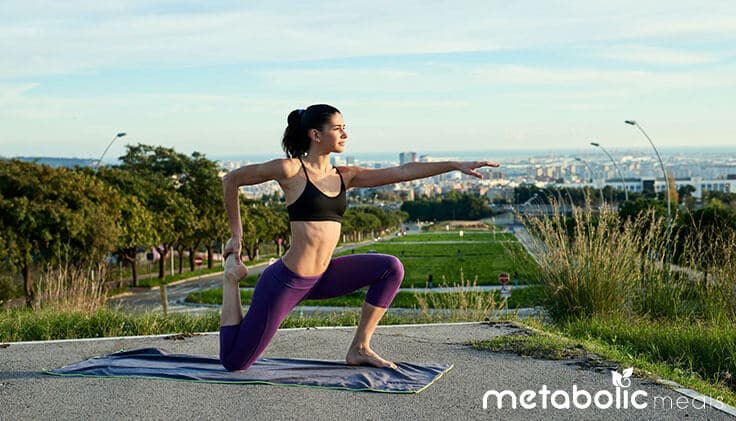
If you do have a deficiency or just want to optimize your levels, there are several changes you can make now. Our bodies produce vitamin D naturally if we eat a healthy diet, supplement when it’s necessary, and spend time in the sunlight.
Healthy diet. Eating foods high in vitamin D can help you meet your daily requirement. This includes fish like salmon, tuna, mackerel, and shrimp; egg yolks; shiitake mushrooms; oatmeal; and dairy products like milk, yogurt, and cheese. We offer a wide range of meals designed to help you keep levels of vitamin D and other nutrients high.

Supplements. Taking a high-quality vitamin D supplement is also an option, especially if your lifestyle limits sun exposure. Supplementing with vitamin D has been shown to increase insulin sensitivity and decrease insulin resistance, offsetting the symptoms of diabetes. If you opt for a supplement, remember to boost your intake of vitamin K2. Vitamins D and K2 should be taken together because vitamin D helps carry calcium to the blood, while vitamin K2 helps direct it to the bone. Too much of one without the other can lead to health problems.
Sun exposure. Since we get vitamin D primarily through sunlight, the best way to boost levels is to step outside. How much sunlight do you need? That depends on many factors, but generally just 15 minutes of summertime sunlight produces about 3000 IU of vitamin D. Variables include things like your age, skin pigmentation, weight, and whether you wear sunscreen. Environmental factors like season, time of day, latitude, elevation, cloud cover, and pollution can also affect how much time you need in the sun.
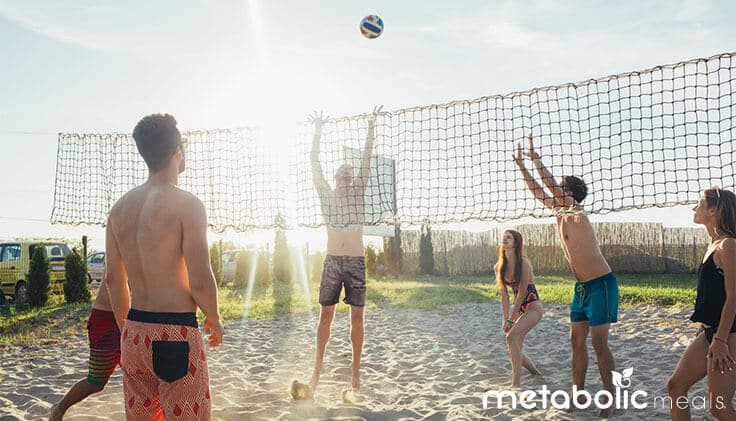
Outdoor workouts take advantage of the synergy between vitamin D and exercise. Researchers at Johns Hopkins University found a powerful link in the combo that helps prevent heart attack and stroke.
Choose your adventure and take advantage of this unique link. From walking on the beach to hiking mountains, your outdoor options are endless. These four exercise routines will help get you started:
1. Hill Sprints (Short Duration)
Benefits: Hill sprints require a high level of effort from your cardiovascular system which can help improve conditioning, lung capacity, and fat loss.
Try this: Run uphill at max effort using a 1:3 work-to-rest ratio. Complete 8 to 12 100-meter intervals.
2. Stair Sprints
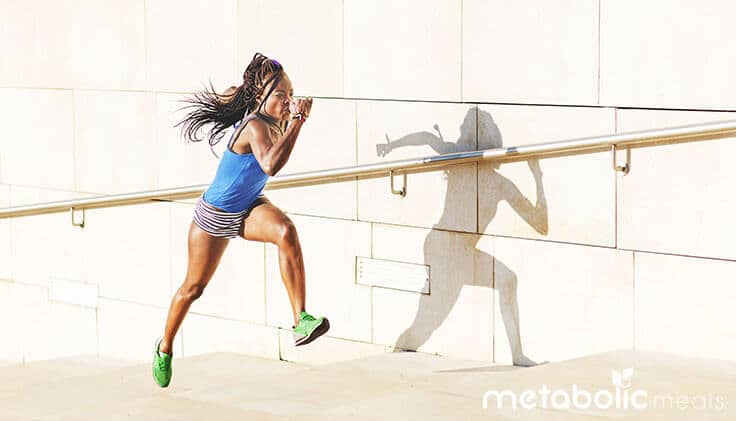
Benefits: Like hill sprints, stair sprints require short bursts of energy that can help you lose fat, improve endurance, and build lean muscle.
Try this: Climb a flight of stairs as quickly as possible, then walk down slowly to catch your breath. Repeat 8 to 10 times.
3. Circuits
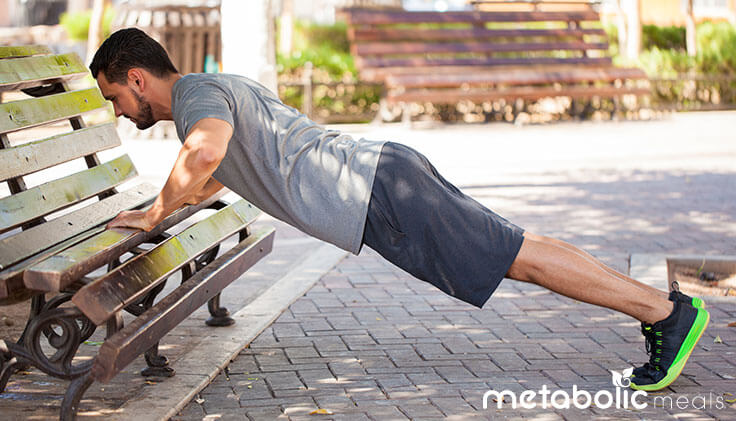
Benefits: Circuits are excellent for conditioning because they convey positive anaerobic and aerobic adaptations, leading to improved body composition.
Try this: For each exercise below, complete 3 to 5 sets of 12 to 15 reps. Rest for :20 between exercises, and rest for :90 between sets.
- Walking lunges
- Park bench push ups
- Bench step ups
- Plank with alternating arm reach
4. Tabata
Benefits: This HIIT-style workout leads to a greater metabolic effect and increased levels of growth hormone, both of which promote greater fat loss.
Try this: Complete :20 segments of each exercise. Repeat 3 to 5 times with 2 minutes of rest between sets.
- High knee runs
- Lunges
- Mountain climbers
- Push ups
- Skaters
Whether you enlist sunshine, diet, or supplements to stave off a deficiency, keeping your vitamin D intake at optimal levels benefits your overall health and metabolic function. Because of the synergy that exists between vitamin D and exercise, an outdoor workout routine could be just what the doctor ordered – as if we needed another reason to take it outside.
Kelley Baker is a Nutrition Health Coach with 15 years of experience of personal training and holistic lifestyle coaching. Her certifications include NASM, C.H.E.K, ICANS, and Poliquin.

